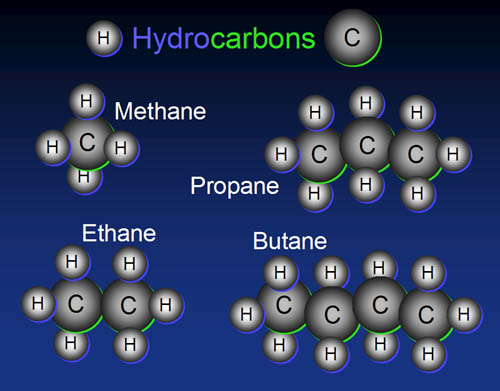#1: What element is in all organic compounds?


#3. Building blocks have to connect to other blocks.
In the picture we see oxygen, hydrogen, and carbon. Looking at the number
of outer electrons each have and the number of vacancies each have...
A) ...what is the maximum of atoms each can connect to?
B) Which element is the most versatile then?

#4: To the right are all alcohols. What is required for a compound to be called an alcohol?



#7. We often hear consumers complain about artificial flavors, but most products still have them. Visit the below link and read enough to come up with three reasons why artificial flavors are so common despite the complaints.

#8.Collagen is a great example of building blocks. With
just these three amino acids that repeat, it forms long twisted strands
(a triple helix). About one quarter of all of the protein in your body
is collagen.
8a)What parts of the body use collagen?
8b) What is special about the places where I circled "H" and
"OH"?

